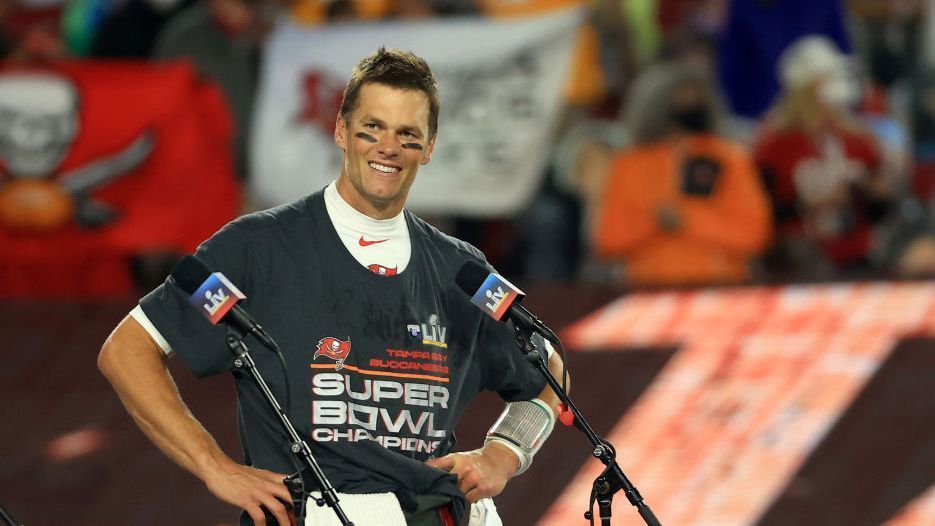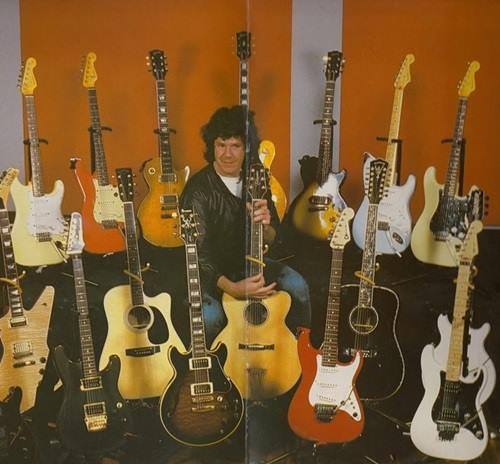Mr. Kosslick, your book deals more and more with topics that run through your professional life: ecology and sustainability. Not just in connection with nutrition, but also with the future of cinema. Why was it important to you to write this book?
The topics of culture, cuisine and cinema have always been with me, that started when I was the editor of the magazine Concrete was. In 1982/83 I had my own page there, called Eco Tips. At that time I was busy with everything in sausage and wine, with cadmium in the mixing bowl, with all the bad things that we now know about agriculture and food production.
But they already existed back then.
Of course, but the awareness wasn’t as there as it is today – by the way, nobody in the editorial team was interested in that at the time. Today there is a growing awareness that food is also a means of survival. At the Berlinale, I wanted to bring the topics together in the new Culinary Cinema section. Now it has got a completely different relevance, because art and culture are also under the microscope, what CO2 emissions they produce and how film productions and festivals can be changed so that emissions are reduced. After almost 8 years of discussion, which we initiated at the Berlinale in 2013, this has now been reflected in the amendment to the Film Funding Act, where sustainability and ecology will be included as funding criteria from 2022 – this is a paradigm shift.
It has actually become a book on film politics. Divided into three parts – in the first part you tell about your childhood in Pforzheim and your professional career as a film official, followed by an episode as a Berlinale boss with lots of anecdotes, and the third part is about the future of cinema. The book is brand new, picks up on streaming, lockdown and corona as if it had only been written yesterday.
The third chapter wasn’t actually planned that way. It came about because I was approached by various people about how it works with streaming and cinema. As an outsider, one often does not understand this at all, does not know the background and legal regulations. When I started writing about it, it was all about streaming and cinema at first, then there was lockdown and suddenly everything multiplied. It all started in autumn of last year when the Universal Studio decided to stream the film “Trolls World Tour” home instead of going to the cinema as usual. That was the historical break with the usual exploitation, cinema, television, DVD & stream. Corona has accelerated that. Warner Bros. has announced that it will stream its entire season first. There are great earning opportunities.
A shockingly impressive number, and an aha-effect while reading, for me was the extremely high CO2 consumption when streaming, which we all do all the time. So far one had the impression that it is harmless, one does not do anything bad …
Awareness grows slowly. Up until now it was thought that the internet would somehow run out of the socket, now we know that the servers in Iceland are bigger machines than nuclear power plants. It’s not harmless. You have to realize that the worst emitters of CO2 are airplanes. But streaming emissions have caught up! They are gigantic values. The companies themselves are taking countermeasures – with green electricity, for example. The electricity potential for a streamed film is enormous. This is by no means sustainable, but an environmental pollution.
Seen in this way, we are all doing something good for the environment when we hopefully go to the cinema again in the future by bike or public transport?
Yes, we hope that it will be soon! But filming must also change. I am quoting a study that shows that US blockbusters or large-scale productions with a budget of over 80 million dollars, which we also showed at the Berlinale, such as “Cold Mountain”, cause emissions of up to 4,000 tons of CO2. You have to try to follow up in all areas, both in streaming and in film production and, by the way, in film funding. Everything has to become more sustainable.
They create a connection that has not yet arrived everywhere, a sustainable investment program for cinema, film and the climate. Thursdays for Future – the day on which our films start could turn into a signal day.
This Thursday is the day of the cinema, because you can see films for the first time. The connection between climate, cinema and the sustainability debate is that the new funding is geared towards this. The policy of the European Community aims to make Europe climate neutral by 2050. Nobody can imagine that yet. Therefore, all areas must follow this goal.
An ambitious goal.
But it’s not that difficult, and a lot has happened already. Südwestfunk, for example, has been producing its “Tatort” more climate-friendly for five years, there is the Changemaker Initiative in which actors and film people have committed themselves to sustainability, and there is also a producers’ association that has decided to shoot differently. We owe a lot to them. Many producers know the experience of “subsidized tourism”, that they have to shoot their film in several places, precisely where the subsidy comes from, which alone causes enormous fuel costs, not to mention the environmental pollution. Such a thing is completely counterproductive.
Is the impression wrong, or is it even further in the USA?
IAmerica has had the green cinema system for 30 years. James Cameron shoots completely carbon neutral, others before him have already done it. Roland Emmerich, for example, offset his CO2 emissions at “The Day After Tomorrow”, that was in 2004. For a long time, it was reduced to the popular discussion, meat or no meat at the Berlinale catering. A new UN report shows that the meat industry is the biggest destroyer of the soil, the biggest pest to the climate and the destroyer of biodiversity. Obviously it has grown to such an extent that it could not have been imagined. Something has to happen. There is a clean, tried-and-tested alternative to everything, including turning.
They made the Berlinale greener with a red carpet made of recycled material or the Zurich shredded tofu at the opening reception. You write that food is always political for you because you come from a small background. Does the title allude to this, „Stay on the carpet“?
Yes. Food is class-specific, it differentiates between classes. People who have a lot of money go to different restaurants than those who have little. In the documentary “Food, Inc.” that we showed, you can see where it is going: A Mexican family who works illegally on the plantations in California only has one dollar to eat, so they have to eat fast food . They get certain diseases that they cannot treat because they have no money. There is a connection between good and healthy food and social class. One should be aware that food also defines class relationships.
The visual education of children is also important to you, to which you respond with specific suggestions, for example opening the cinemas to school classes and kindergartens in the mornings.
I would like to show you another perspective. There is already the “Vision Kino” initiative, where children are practically familiarized with the canon through school. But I think it should be mandatory that they go to the cinema once a week, in the morning when it is empty. The reason is that we cannot leave the children and young people to the screens.
Isn’t seeing the same as seeing?
When they get that big, they don’t go to the cinema later – why should they? It’s a lot easier at home. You press the button, the film is there, you can watch it with friends, it doesn’t cost that much either. The boys have to be taught that the screen is just one way of watching movies. Audiovision and cinema will certainly run on an equal footing in the future. But the realization that cinema is bigger, a cultural event that can be shared with others, is something that we have to direct the attention of the next generation.
They portray many emotional moments, but do not share or follow suit. Why didn’t you do a reveal book?
I didn’t want to become the Sarazzin of the film industry. Some film journalists accuse me of not disclosing enough. I did not want. On the one hand, I wanted to write a book that the normal cinema fan would understand, also in terms of language, and on the other hand, a book that looked behind the system. I also tell anecdotes from the business, but not only that, I also write about reprisals in Indian, African, Chinese or Iranian films, which are also about censorship. I wanted to offer a kaleidoscope
A look into an area that most people only know from the other side, in front of the screen.
Exactly, I want to show what kind of machine or industry is behind the entertainment, that it is a differentiated event. But most important to me was that those who read the book still want to go to the cinema. So it had to be written with a good dose of humor. It is also a book for the Berlinale audience, as I have seen it for 18 years, for the 2,000 visitors who came to see me in the Friedrichstadtpalast farewell sang a serenade. We, the organizers of the Berlinale, had succeeded in ensuring that people weren’t afraid to walk the red carpet and were put into a state of emergency in those eleven days. The whole city vibrated a bit …
What flowed well into the keys while typing, what was bulkier?
The first part was difficult, which has to do with the fact that 60 years later you can review your childhood and youth and also the drama in your own family after my father’s accident. It was easy to find the Berlinale stories – I could have delivered even more. The rest was classic research for a non-fiction book.
Dieter Kosslick: „Always stay on the carpet – about magical moments and the future of cinema“ has been published by Hoffmann and Campe. 336 pages. 25 euros.
– .


